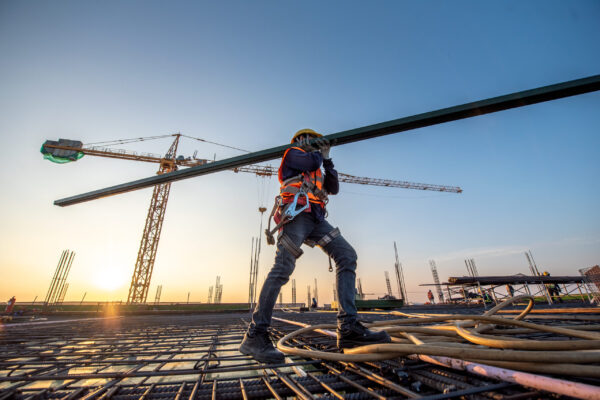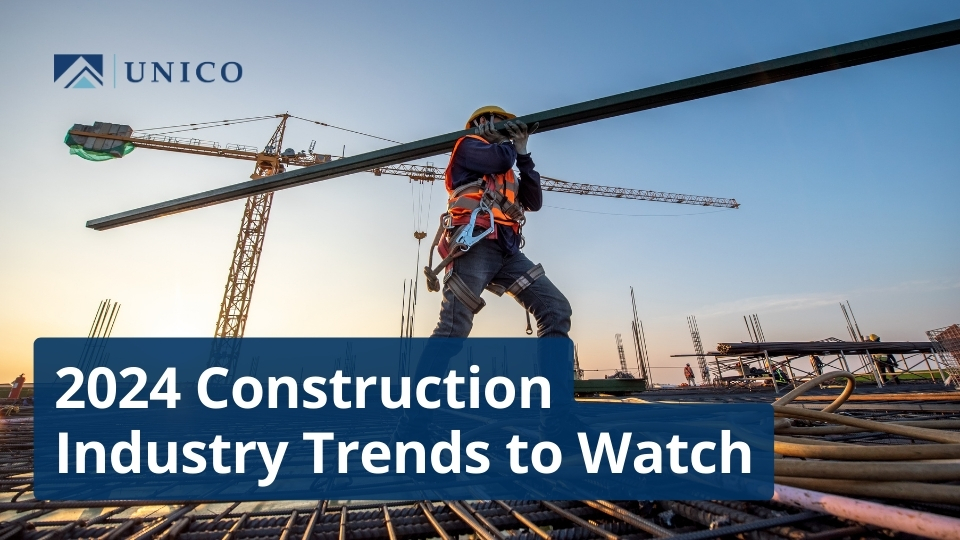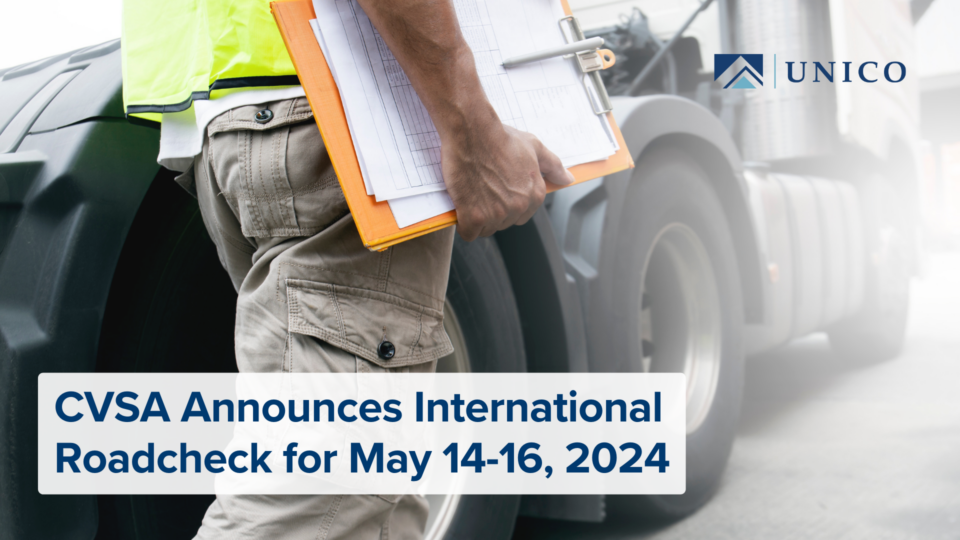The construction industry has faced volatility and uncertainty due to various factors such as consumer behaviors, material procurement difficulties, project delays, high interest rates, and inflation. Despite these challenges, the industry has managed to promote economic growth. In 2023, the construction sector experienced a 6.2% increase in spending compared to the previous year. Federal initiatives like the Infrastructure Investment and Jobs Act are expected to further boost construction in 2024. The Associated Builders and Contractors (ABC) predict an increase in profit margins and staffing levels.
However, construction businesses should monitor trends like rising litigation costs, labor shortages, sustainability efforts, and technology advancements. Adapting operations and risk management practices is crucial to address these shifts and ensure success.

Nuclear Verdicts and Litigation Costs
Nuclear verdicts, which are jury awards exceeding $10 million, have become more common in the past decade. The average jury award among the top 100 U.S. verdicts tripled from $64 million to $214 million between 2015 and 2019. In 2019, 30% more verdicts surpassed the $100 million threshold compared to 2015. Factors contributing to the increase include rising litigation funding, desensitization to large verdicts, changes in the legal environment, and shifting public sentiment toward businesses. Amid growing corporate distrust, businesses are held to higher standards and are frequently faced with sympathetic juries. There is also a perception that businesses can afford damages, leading to significant awards.
These nuclear verdicts have consequences for construction businesses, including reputational harm, underinsurance concerns, and financial difficulties. To prevent them, businesses should promote and adhere to high safety standards, provide regular safety education and training, vet potential employees, provide ongoing supervision, and use technology like telematics and dashcams for safe driving.
Labor Shortages and Hiring Practices
As of November 2023, there is a high level of unfilled construction positions, leading to labor shortages in regions with industrial megaprojects. This has resulted in project delays and increased operational expenses. To combat these shortages, construction businesses should focus on attracting and retaining qualified employees, promoting safety culture, and exploring underrepresented demographics. They can achieve this by increasing outreach efforts, providing education and training, offering competitive wages and benefits, and recruiting from related sectors. Building a positive company culture is also important for employee retention.
Sustainability Practices and Pressure
Consumers and regulators are pressuring construction businesses to adopt eco-friendly and sustainable practices. The United Nations Environment Programme (UNEP) states that the construction sector is the largest greenhouse gas emitter, accounting for 37% of emissions. The industry is crucial for achieving the International Energy Agency’s Net Zero Emissions by 2050 Scenario, and the US government has emphasized carbon emission reduction through the Federal Buy Clean Initiative.
The construction industry has made progress in efficiency and sustainability. UNEP reports that over $237 billion was invested in building energy efficiency from 2020 to 2021. Innovations like mass timber and cross-laminated timber (CLT) and practices like modular construction help reduce carbon emissions. Replacing steel with CLT could cut global CO2 emissions by 15%-20%. Modular building techniques also enhance efficiency and waste reduction. Other strategies include electrifying fleets, using renewable energy sources, and going paperless.
However, insuring innovative methods can be challenging as underwriters rely on historical loss data. Despite potential higher insurance costs, businesses can weigh them against the savings from increased efficiency, waste reduction, and the positive reputation gained from sustainability efforts.
Generative Artificial Intelligence and Advanced Technologies
Construction businesses have utilized advanced technology like 3D printing, robotics, wearable safety sensors, GPS, drones, dash cameras, self-driving vehicles, telematics, and the Internet of Things (IoT) to automate certain tasks, improve efficiency, productivity, and safety, and reduce waste and expenses. Building Information Modeling software optimizes designs and efficiently manages products, improving communication, planning, and predictability.
Generative artificial intelligence (AI) creates new content based on data inputs, helping generate optimal plans, design efficient buildings, enhance risk management programs, and respond to client requests. However, technology use can increase cyber exposure, with data breaches and cyberattacks becoming more costly. Construction businesses should review their digital exposures, provide employee education and training on cyberthreats, install updated security software, and consider securing dedicated cyber insurance for essential coverage.
Several trends are impacting the construction sector. By tracking these developments and mitigating any associated exposures, construction businesses can effectively position themselves to maintain long-term growth and operational success.
Contact us today for additional industry-specific risk management guidance.

Tom Cockle, CLCS
Vice President | Commercial Risk Advisor
This Risk Insight is not intended to be exhaustive nor should any discussion or opinions be construed as legal advice. Readers should contact legal counsel for legal advice. ©2023 Zywave, Inc. All rights reserved.




